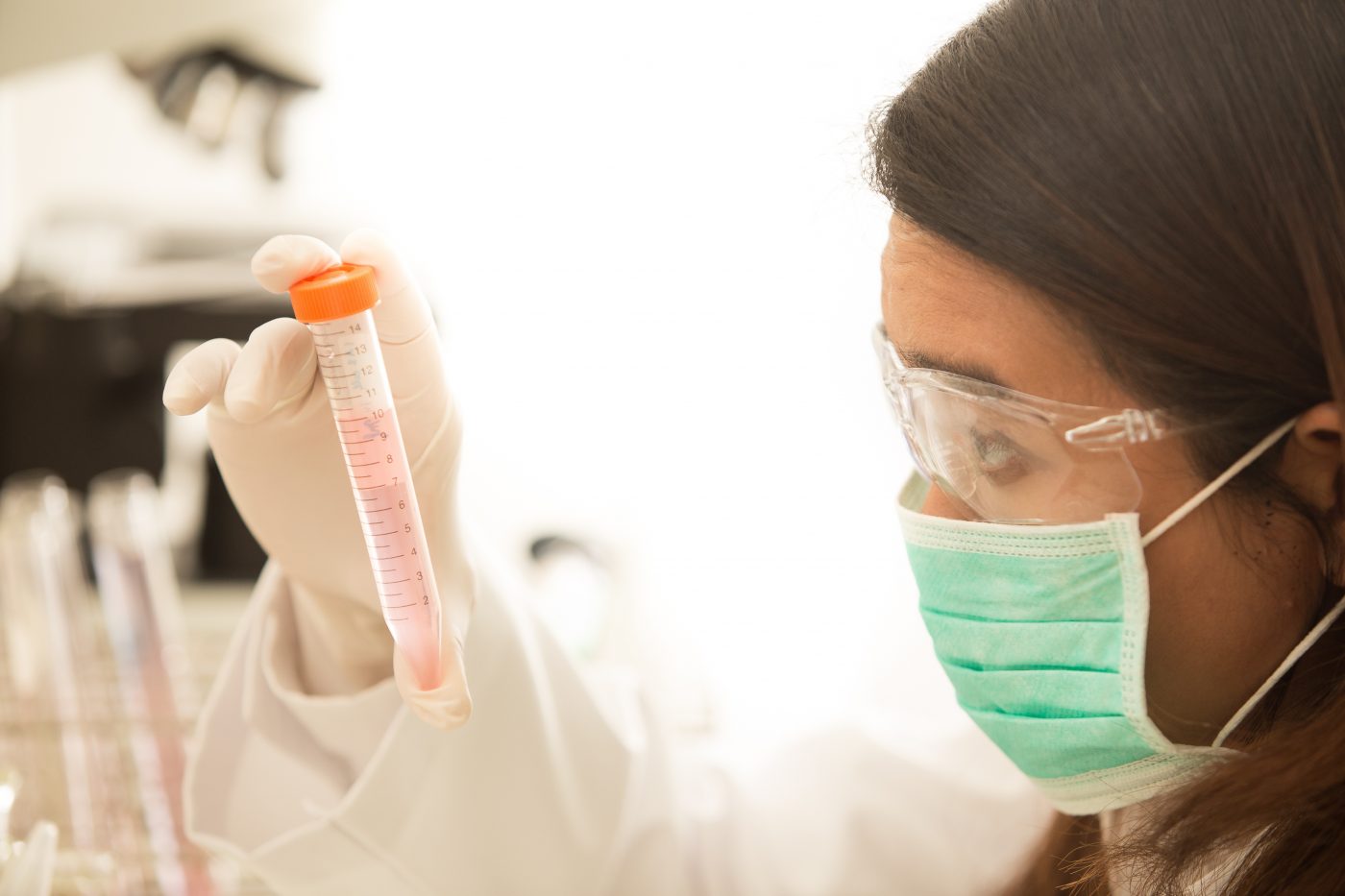Emery–Dreifuss Muscular Dystrophy Seen as Ideal Candidate for Precision Medicine Initiative

The Precision Medicine Initiative was launched in 2015 to spur biomedical research and the development of a more personalized approach to therapy, one based on an individual’s genetic profile and response to treatment. While the initiative largely focuses on genetically based cancers, a University of Wisconsin-Madison review points out that Emery–Dreifuss muscular dystrophy (EDMD) would be an ideal candidate for a precision medicine approach.
The review, titled “Emery–Dreifuss muscular dystrophy: a test case for precision medicine,“ appeared in the journal The Application of Clinical Genetics.
EDMD is a muscular dystrophy that, while characterized by common clinical features, is caused by a variety of genetic mutations. The symptoms indicating that EDMD is present are centered around joint contractures, a typical pattern of muscle weakness involving the shoulder blade and upper arm as well as the pelvis, and cardiac arrhythmias. Heart involvement is often more severe than the muscle weakness, and sudden death because of heart problems is not uncommon.
At least seven genes that cause EDMD have been identified. In addition, a host of modifier genes — not producing but contributing to disease — are known. Of these, three genes are responsible for the majority of EDMD cases: EMD, LMNA, and FHL1.
EMD is a gene coding for Emerin, a protein localized to the nuclear membrane of most cells. In muscle cells, it forms a complex with other nuclear proteins. Researchers believe that this complex protects the nucleus of muscle cells from the constant compression a muscle experiences. The gene is situated on the X-chromosome, and EMD mutations affect almost two-thirds of patients with the X-linked form of the disease.
Mutations in the LMNA gene account for around 45 percent of cases with an autosomal dominant inheritance pattern of EDMD. The gene codes for lamins A and C, both components of the nuclear membrane. Finally FHL1 mutations — affecting the production of a number of proteins that function in interactions with other proteins in the nuclear envelope — lie behind approximately 10 percent of X-linked EDMD cases.
The range of symptoms, as well as the correlation between the type of mutation and clinical signs, vary between these three types of EDMD. Nevertheless, all three mutations affecting the function of the nuclear membrane produce the core symptoms of joint contractures, muscle weakness, and heart arrhythmias. Since there is no cure in sight for EDMD, the reviews’ authors argue that the particular nature of this disease would make it a perfect target for precision medicine.






